- info@naturebylennart.com

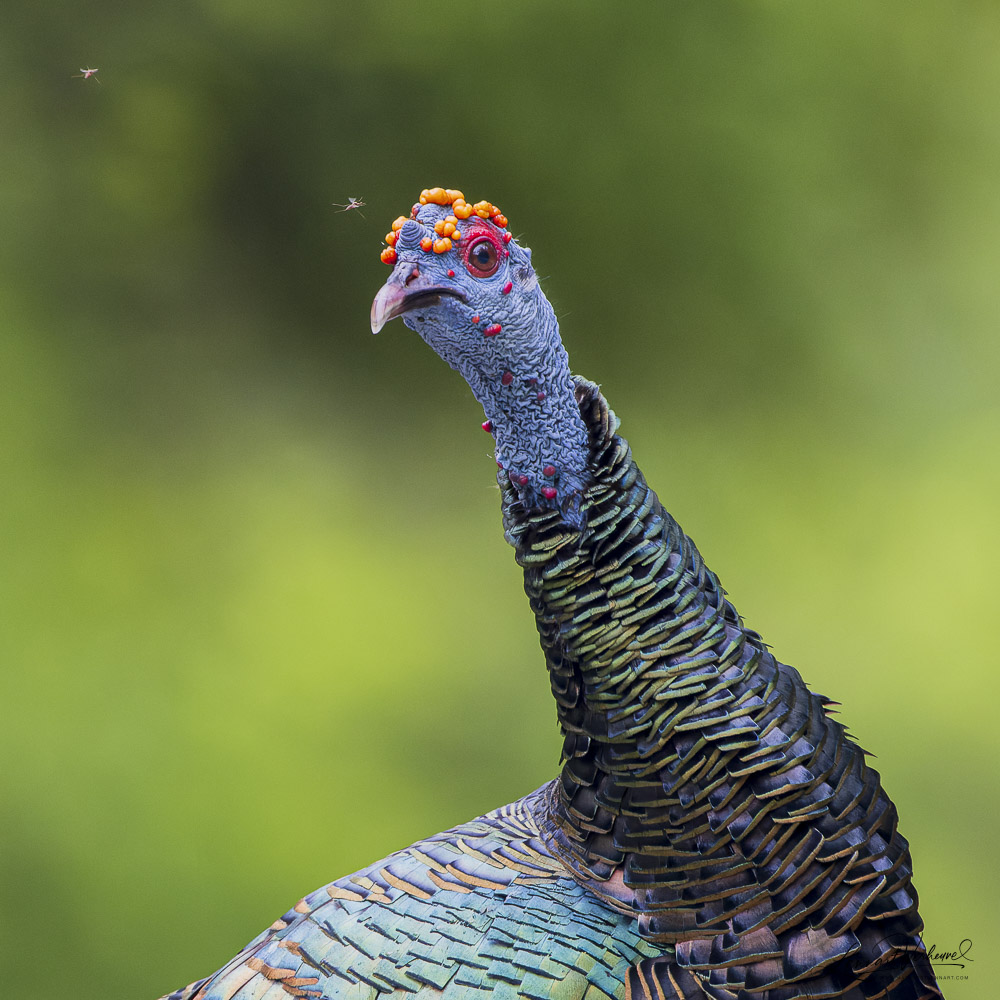
In June 2022, I unexpectedly found myself in Mexico, on the Yucatán Peninsula. Due to a job change, I suddenly had two weeks off and I wanted to spend them abroad. It was the perfect time of year to see Whale sharks in Mexico, so that became the goal of my trip. Eventually, I succeeded on the very last day. However, Yucatán has much more to offer, so I also wanted to explore the jungle!
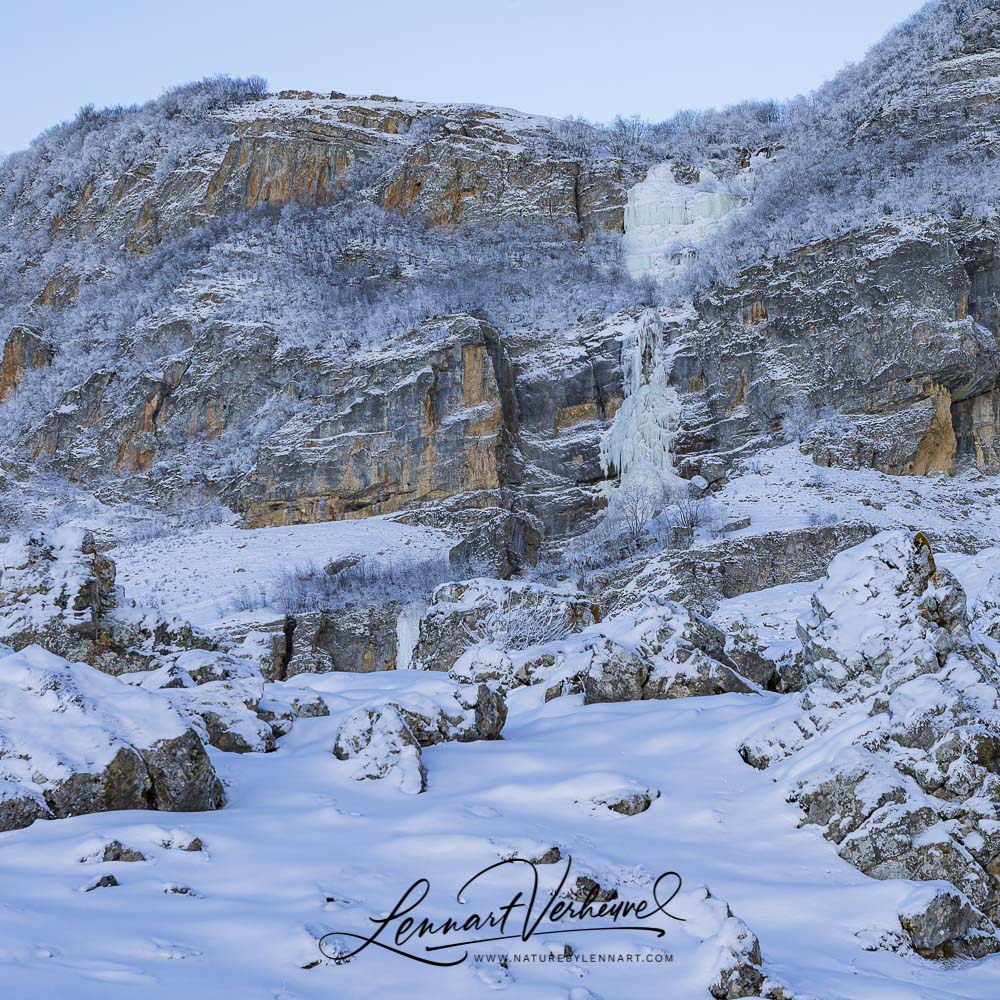
We have arrived in the Caucasus! The plan was to see the Siberian Crane Omid on migration during the first week of our time in Azerbaijan, but Omid decided otherwise and stayed in Iran, for the time being, in its wintering area. Before our stay in Azerbaijan would end we had planned a few more days of birdwatching in the Caucasian mountains and so we decided to go do that. The plan is to immediately return to southern Azerbaijan if Omid does fly. So we are now in the Caucasus! Along the way we already enjoyed beautifully colored rock formations, but in the higher areas there is mostly a lot of snow.
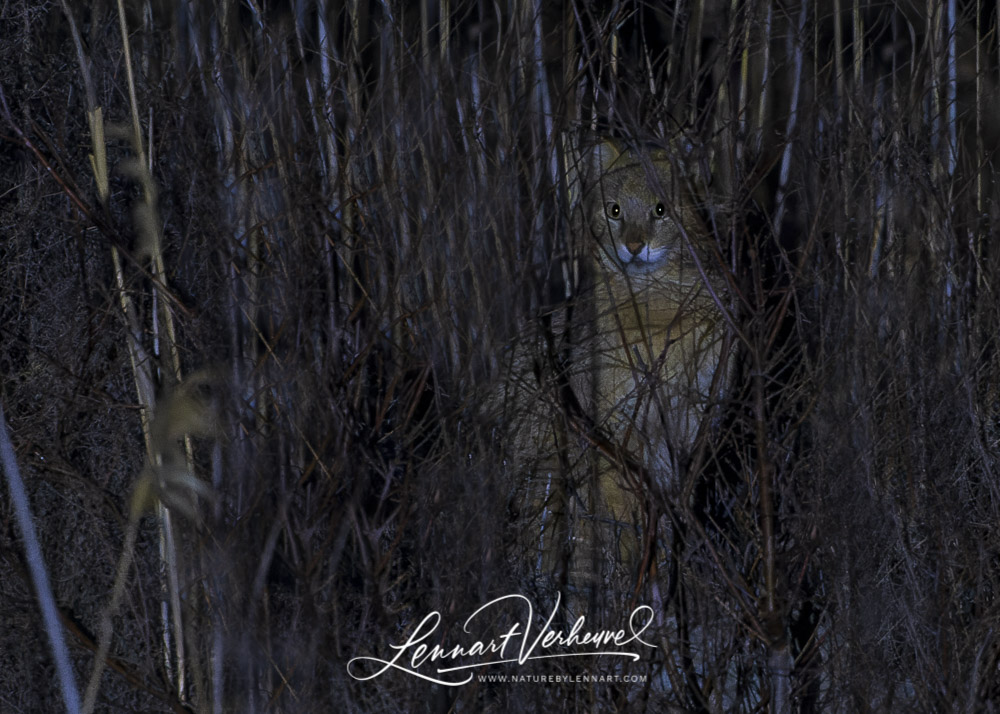
In the spring of 2022 I suddenly find myself in Azerbaijan. The reason for this is this time not a special cat, but a special bird! The Siberian Crane is an endangered bird of which only a few thousand remain in the wild. In the eastern part of Asia that is. As far as we know, there is only one left in the western part of Asia and of course this bird has been given a name by now: Omid. That name was given to him in Iran, where it has been wintering in the same rice field for years. Equally dutifully, the bird takes off every year to fly back to Russia to its breeding grounds, only to fly back again in the autumn without any breeding succes. There won’t be a partner for Omid. Among bird watchers, there is an avid group that likes to see as many bird species as possible within the Western Palearctic (WP) ecozone. The chances of seeing a wild Siberian Crane within this area after Omid are virtually nil. However, Iran is not considered to be in this ecozone, which means that it is not possible to easily ‘tick’ the bird in its wintering areas. Therefore a small group of fanatic WP birders made an attempt to pick up the bird on its way to Russia when it passed through neighboring Azerbaijan. This was in 2020. A bird seen in Azerbaijan does count for the list! And they saw Omid! In 2021 there was a number of bird watchers that wanted to repeat their success, but corona prevented a trip to Azerbaijan. 2022 was the year it had to happen. I happened to be able to go and it seemed like a nice enough trip in any case so I landed in Baku on February 25, 2022.
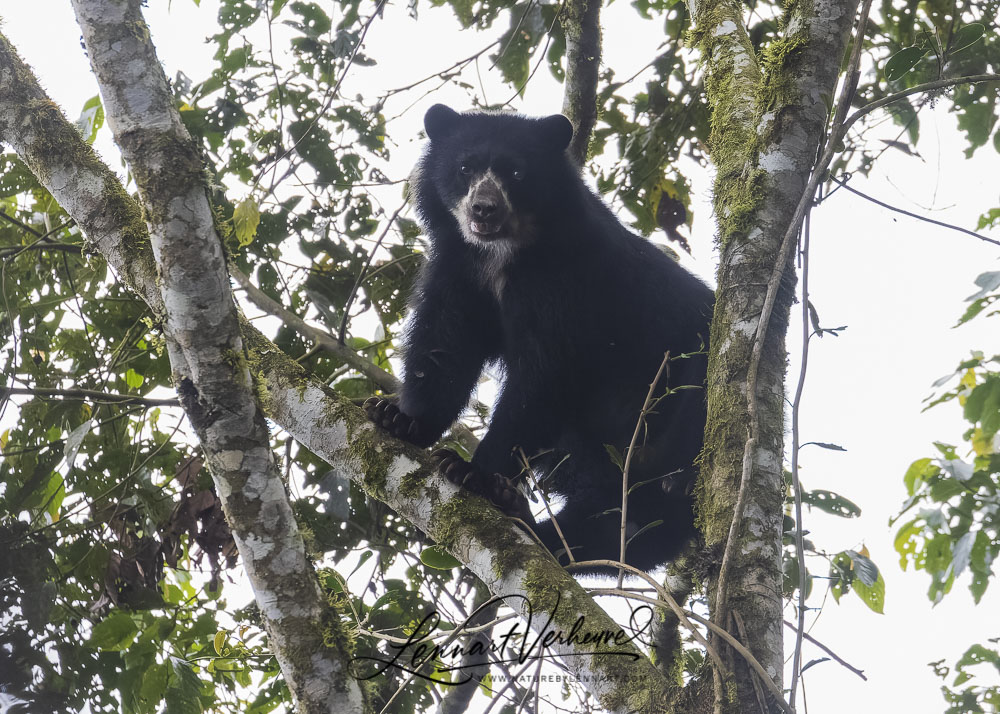
Twitching is a verb known in the birder community which means going out to see a specific rare bird that someone else has found. For a while Covid made twitching pretty much my only way to see a new bird species. Since 2019 I had not left Europa thanks to the pandemic. Finally in October of 2021 I could set out again! Sadly I had to cancel a planned trip to Asia because the country I was supposed to go to remained closed due to covid. So a month before I was supposed to go, I decided to change my destination to Ecuador and Bolivia. Ecuador because it’s a good country to see Spectacled Bear and Bolivia to add three much desired cats to my list: Jaguar, Jaguarundi and Ocelot. First I went to Ecuador for two weeks.
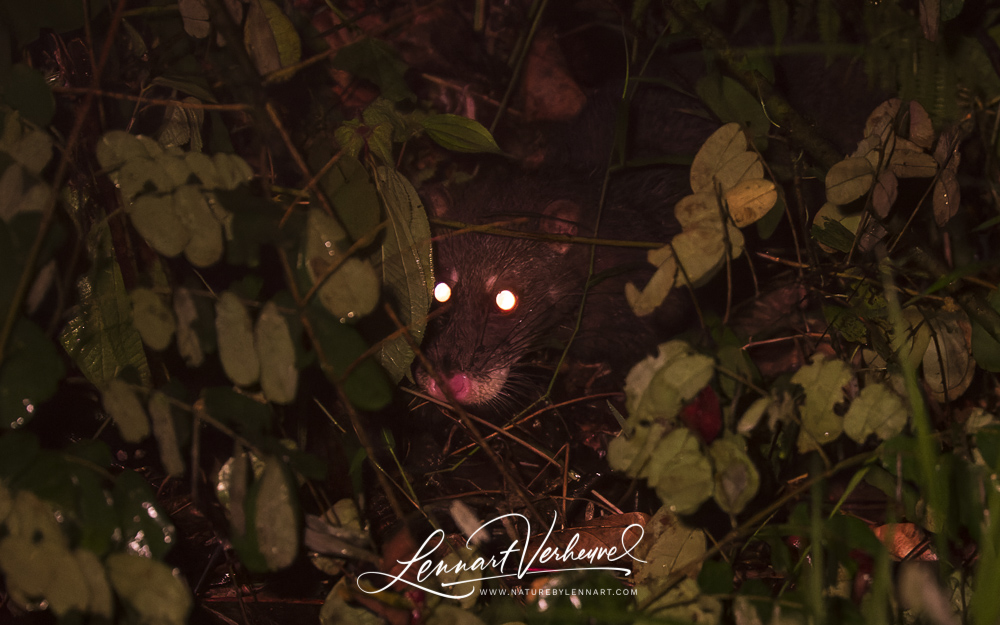
Civets belong to a group of mammals that I hadn’t seen before. They are sometimes called civetcat, but personally I don’t really see a cat in them. They are also known for the special coffee which is made by giving a civet a certain coffee berry to eat. The pit that can be found at some point a while later in the civets poo apparently makes very tasty coffee… On Borneo a total of eight species occur and during my Borneo trip in October 2019 these animals were mostly a ‘bycatch’ for me while I was looking for cats. Since they are pretty cool mammals and I did manage to see five of the eight species: hereby a civet special!
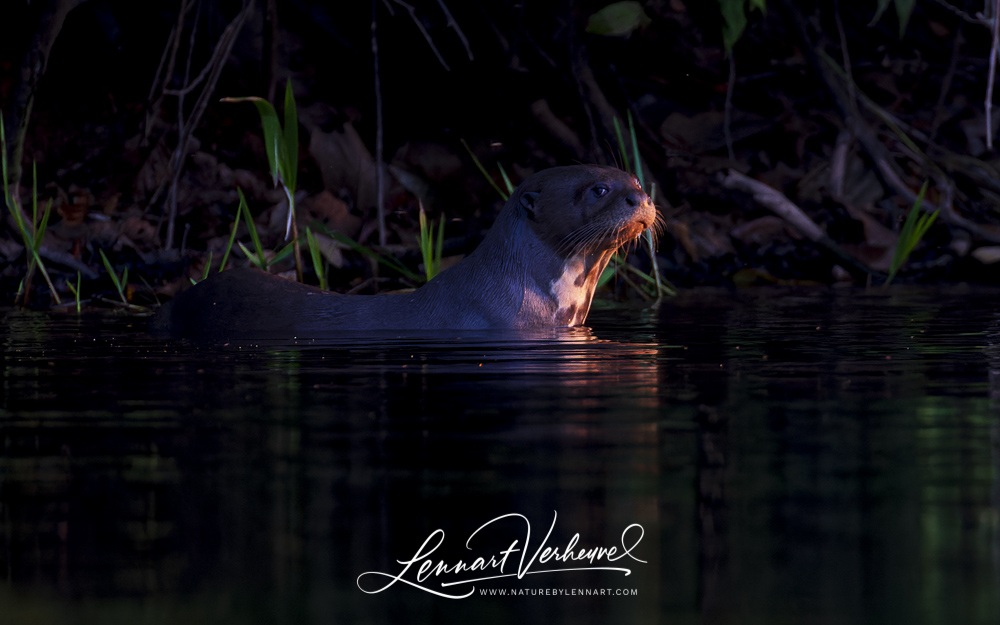
During my time in South-America there was another mammal that was high on my wish list: Giant Otter! It’s the largest otter in the world and since hadn’t seen any other in my life ever, it seemed nice to start with this one. In Tambopata I finally got the chance. Because I was asked at the last minute to help guide around some German tourists (hadn’t thought I would have to speak so much German in South-America), I also got the chance to search for them at a good spot. This was an oxbow lake called Triastianbatis where they were regularly seen. The tourists wanted to see them as well, so I could tag along!
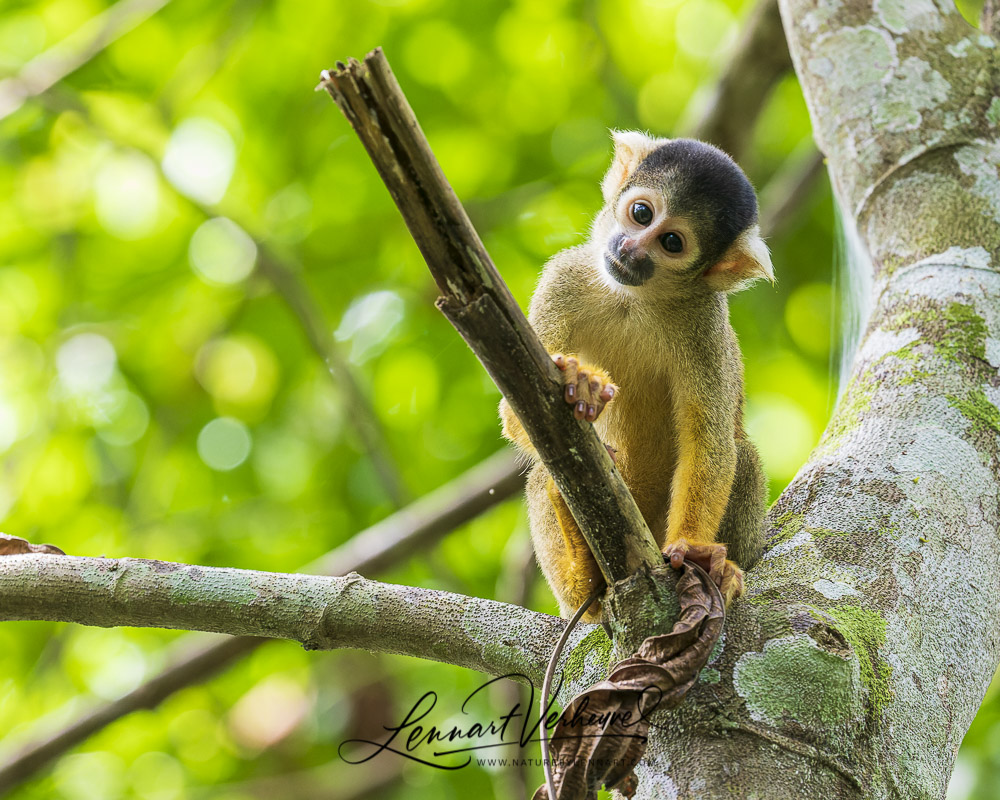
After Bolivia I went to Peru. First I spent two weeks at a language school in Cusco to learn Spanish and after that I went for three weeks into the Tambopata park in order to see as many animals as possible. My goal was to see at least one new wild cat, but sadly I did not succeed. Fortunately there were many other beautiful mammals to see: monkeys for instance!
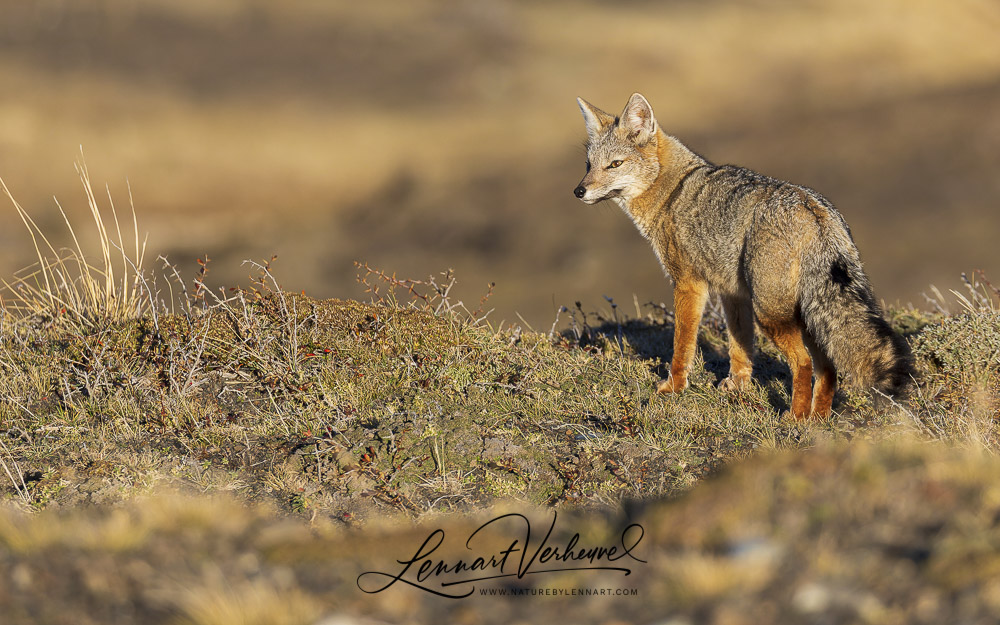
Torres del Paine National Park is known for it’s Puma’s. Naturally they are the stars of the Park, but there are more nice animals to see! When we were walking around there we encountered a pair of South-American Grey Foxes. These foxes are pretty common in Patagonia, but they still look very nice! We had them in beautiful light too. I took a lot of pictures….
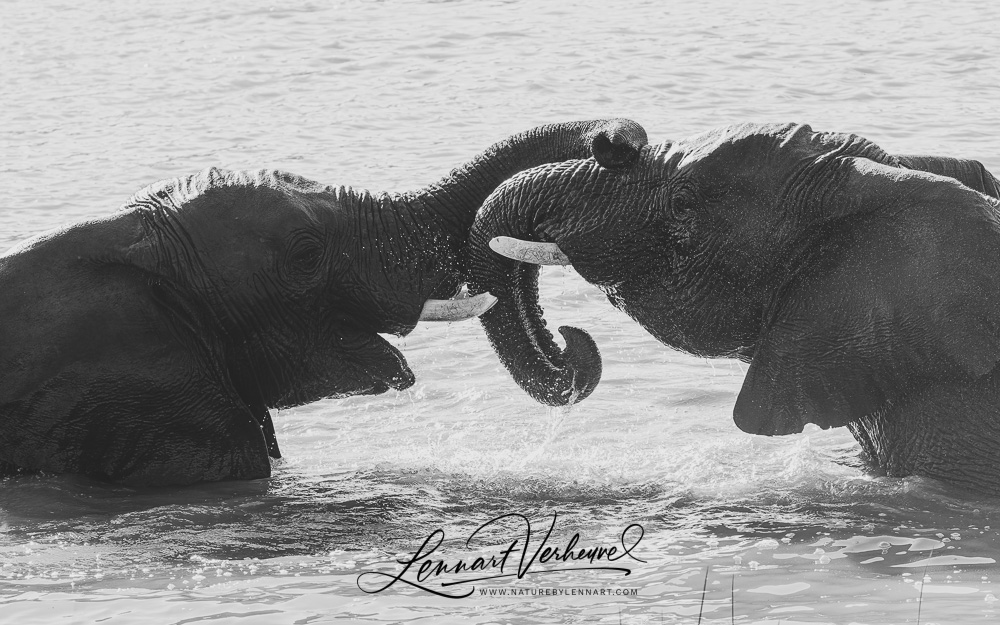
Before I went to Africa, Elephants didn’t do much for me. Of course the Elephant is a colossal animal with a trunk and tusks and those are all points in its favour, but I just wasn’t feeling very excited about them. The first Elephant I ever saw was a worn out female that was spending the last years of her life in Okavango. Pretty cool of course, to see your first Elephant, but still it didn’t really change my mind about Elephants. Then I watched how they behave together.
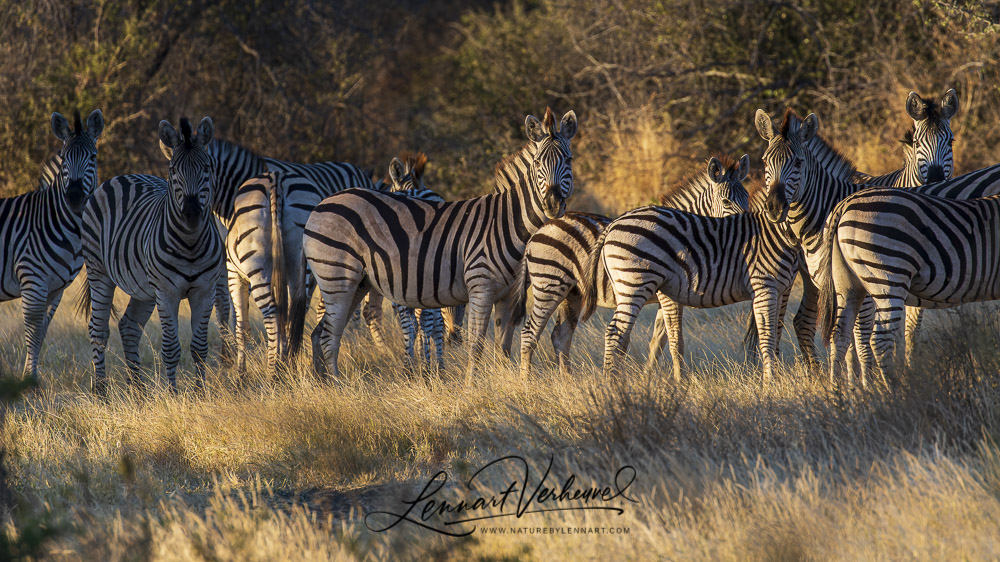
Africa has many kinds of ungulates, ranging from the prehistoric seeming rhino’s to the tiny steenbok. That’s why I wanted to give them some special attention in a separate blog and give you an idea of the kinds of ungulates you could encounter in Africa, by showing some of the ones I encountered during my trip through South-Africa, Botswana and Namibia.